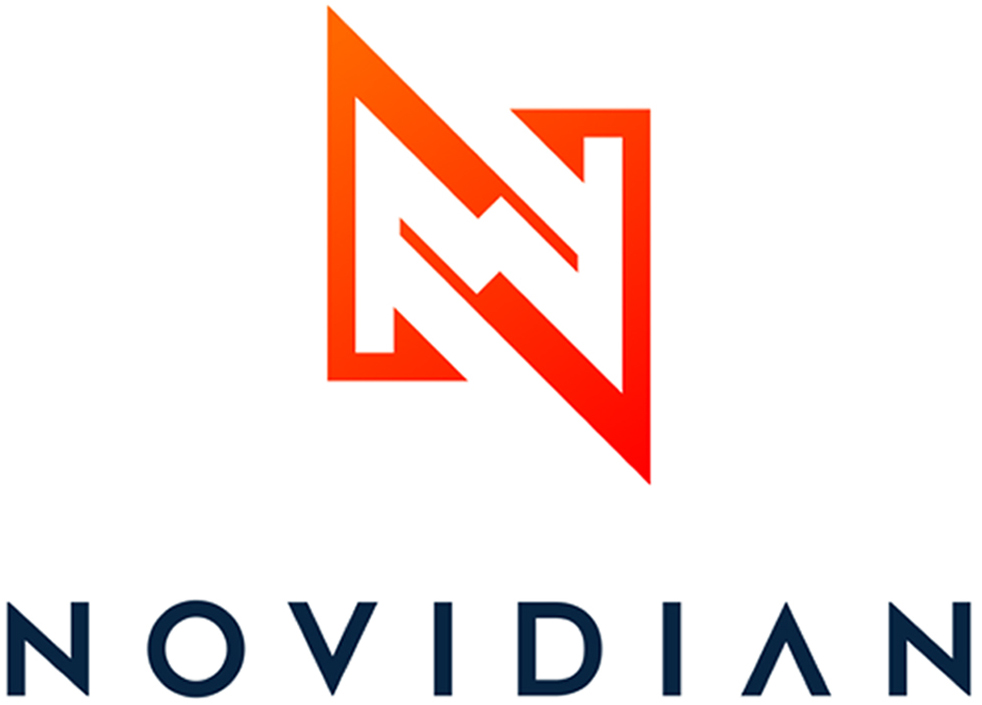The rise of vibe-coding – brilliant shortcut or hidden risk?
The rise of “vibe-coding” tools, AI-powered platforms that allow non-technical founders to ship working prototypes without writing code, is making product creation faster, cheaper, and more accessible than ever.
And we’re not just talking about no-code or low-code platforms here. We’re talking about AI that can write actual code. Frontend, backend, database logic and even security rules. Tools that once cost thousands to build, founders are now spinning up in a weekend.
If you’re a founder, that’s liberating.
If you’re an investor, it might be exhilarating or concerning.
If you’re a developer, it might feel threatening.
But wherever you sit, one thing is clear: this shift is already here. It’s not something you can brush to one side.
So, the real question is: should we be building businesses on top of it?
What is vibe-coding?
“Vibe-coding” is the term some are using to describe the use of AI tools, like GitHub Copilot, Codeium, or custom GPTs, to generate code based on prompts, suggestions, or descriptions.
You tell the AI what you want to build. It generates the scaffolding. You tweak it, test it, iterate. No senior developer needed (yet).
For non-technical founders, it’s a dream. No waiting around for a tech co-founder. No spending £40k on a dev shop just to test an idea. No spending weeks learning syntax before you can experiment.
You get to build, fast, test, learn, move.
This is iteration at founder-speed, not engineering-speed.
Why it works well (especially for MVP’s)
Used well, AI coding tools can be incredibly valuable for validating assumptions and exploring concepts.
- Need to build a simple form with a database behind it? Done.
- Want to launch a landing page and connect it to a backend workflow? Easy.
- Need to stitch together APIs to show proof of concept? The tools will get you there.
And for this stage (the pre-product/early-MVP stage) that might be exactly what you need.
If you’re wondering—would I use AI-generated code to ship a quick MVP? Yes. In many cases, it’s a smart, scrappy move.
But would I build a business on it? That’s a different question entirely.
Because while these tools can help you build, they don’t always help you build right.
Here’s where things get murky.
1. You don’t know what the tool is actually doing
AI-generated code can work beautifully on the surface, but under the hood?
You might be left with:
- Poorly structured codebases
- Missing security layers
- Fragile logic that breaks under real-world load
- Dependencies you didn’t realise you were relying on
- No tests, no documentation, and no logging
And here’s the kicker, you might not even know any of that until it’s too late.
2. You can’t fix what you don’t understand
Even experienced developers have admitted – “Sometimes I don’t know what the AI just did but it works.”
That’s fine… until it stops working.
The problem isn’t using AI, it’s using AI without oversight. It’s missing a key part that makes the world go round…critical thinking.
If no one truly understands the code, who’s fixing it when the customer data goes missing?
3. Security isn’t optional
Imagine launching your startup, getting traction, then discovering the AI-generated backend exposed sensitive data. Or failed to properly secure user sessions. Or left open a vulnerability you didn’t know existed.
That would be catastrophic.
Startups don’t always get second chances when it comes to trust.
4. Investors will (and should) ask hard questions
You might get to MVP fast using AI tools and that’s great.
But when you sit down with investors, they’re going to ask:
- How was this built?
- Who owns the code?
- Who maintains it?
- How secure is it?
- How ready is it to scale?
If the answer is, “AI wrote it, and I’m not quite sure what it’s doing”, that’s a problem.
The risk of hidden rebuild costs, security gaps, or unscalable architecture is just too high.
So… should you use vibe-coding?
Yes, but carefully.
These tools are improving rapidly. They’re brilliant for prototyping, exploring and accelerating early validation.
But don’t mistake early progress for long-term stability.
- Use them to build.
- Use them to test.
- But bring in technical leadership before you go too far.
The smartest move? Go hybrid.
We believe in speed but also in sustainability. Use the tools, explore the tech and be scrappy.
But pair it with a human who understands:
- Architecture
- Scalability
- Security
- Quality
- Risk
At Novidian, we work with founders who are building fast but want to avoid building blind.
Whether it’s reviewing what your AI tools have produced, helping you plan your next step, or preparing for due diligence, our fractional CTOs help make sure your shortcuts don’t become setbacks.
Contact us if you’d like to find out more about our fractional CTO services. Let’s talk.

